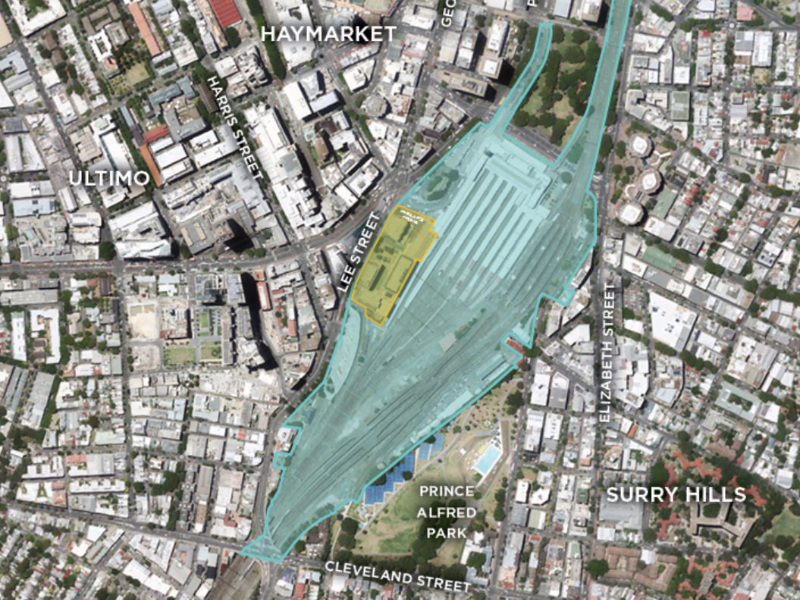The NSW government will fund a National Space Industry Hub as an anchor tenant in its multi-billion-dollar Sydney Innovation and Technology Precinct as part of the state’s new Space Strategy launched on Thursday.
All governments are lining up for a slice of the growing Australian space industry pie, which is expected to triple in size locally to $12 billion by the end of the decade. The new $5 million NSW Space Strategy joins an $8 million Queensland Space Industry Strategy launch earlier in the week.
And with the official opening this week of the Australian Space Agency headquarters at the Adelaide-based startup centre Lot Fourteen, the industry is now primed for take-off.

The NSW Government on Thursday issued a call for Expressions of Interest from incubators, accelerators and facilitators with deep space experience to run the new National Space Industry Hub. The EoI closes on March 22.
“New manufacturing, design and software technologies have reduced barriers to entry into the space sector,” the EoI document says. “They have ushered in a new era of low-cost satellites and payloads, known as Space 2.0, in which small companies and start-ups can play a larger role.”
“The National Space Industry Hub will attract space sector start-ups, SMEs and researchers to a centralised location, creating a hub that is focused on collaboration and commercialisation.”
According to NSW Jobs Minister Stuart Ayres, the state currently accounts for 41 per cent of all Australian space businesses and 35 per cent of Australia’s university space research and development.
The cost of entry for new market entrants had lowered dramatically in recent years.
“[NSW] has the largest concentration of space-related activity in the country, with more than 40 per cent of the nation’s space businesses and more than a third of space startups,” Mr Ayres said.
“With nearly every industry looking to increase its output and improve its effciency through space-enabled technologies, the value of the global space sector is forecast to reach more than US$1 trillion by 2040.”
“Nearly every industry is looking to increase its output and improve its efficiency through space-enabled technologies,” Mr Ayres said.
“Space is not just about what’s up there, it’s also about what’s down here. These technologies are used in robotics, agriculture, energy, communications, transportation, aviation, advanced manufacturing, information technology and construction,” he said.
The NSW Space Strategy has also earmarked initial funding for a pilot space qualification mission which address one of the biggest and most expensive hurdles to participation in the space sector – proving technology works in space.
It also supports the development a space manufacturing and testing facility at the Aerotropolis. The state has already committed to developing Western Sydney Aerotropolis to include world-class space, aviation, defence and advanced manufacturing industries, as well as training and research institutions.
Mr Ayres said the National Space Industry Hub would become an anchor tenant in the proposed Sydney Innovation and Technology Precinct at Central station, which has not yet been formally approved, and will take at least two years of construction phase.
A formal announcement on the Precinct is now expected next month, which would include the unveiling of interim measures to house various projects, including the new National Space Industry Hub.
“The Space Hub is a critical part of the Sydney Innovation and Technology Precinct and how the precinct is activated from the outset,” a treasury spokesperson told InnovationAus.
“The NSW Government is working with its partners to identify an appropriate interim home.”
Do you know more? Contact James Riley via Email.

